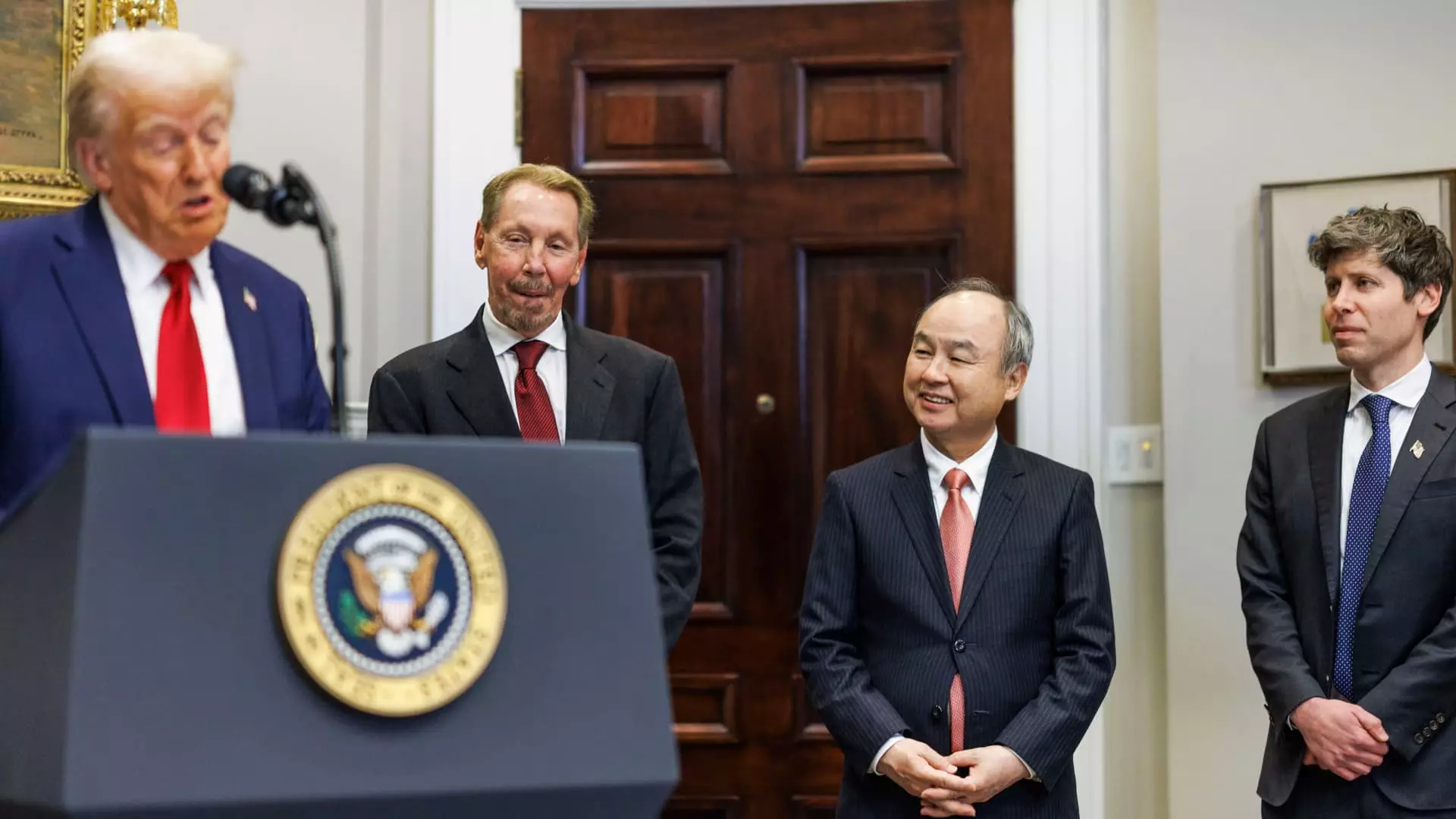In the dynamic world of artificial intelligence (AI) and tech partnerships, the landscape can shift rapidly, often yielding unexpected consequences. A recent development highlights a crucial pivot in the relationship between Microsoft and OpenAI, where Microsoft’s monopoly as the sole provider of computing resources for the AI pioneer appears to be waning. This change not only signals a possible diversification in OpenAI’s cloud partnerships but also marks a noteworthy moment in the tech industry that may reshape future collaborations.
Microsoft revealed in a blog post that while it remains a preferential partner, it is losing its exclusive rights to cater to OpenAI’s computing infrastructure needs. The tech giant will retain the “right of first refusal,” enabling it to tweak its offerings before OpenAI scouts other providers. This nuanced approach underscores Microsoft’s ongoing commitment to OpenAI despite the shifts in their partnership dynamics. Such a move could lead to a more competitive environment for cloud services, with multiple players stepping up to meet OpenAI’s growing demands.
The announcement came in the wake of a significant initiative called the Stargate Project, a collaborative venture that invites Oracle and Softbank into the fold. This joint project, earmarked for substantial funding, aims to bolster AI infrastructure within the United States, illustrating a broader industry trend towards cooperative investment and resource pooling in the realm of technology.
The Stargate Project has ambitious financial goals. Initial commitments will see partners investing $100 billion over the next four years, with a potential total investment as high as $500 billion. This substantial funding aims to create a dedicated company to oversee the AI infrastructure, signaling a targeted approach to establishing a robust ecosystem for AI development.
As Oracle steps into this spotlight as a primary technology partner alongside industry titans like Microsoft and Nvidia, the implications are profound. The infrastructure proposed under this initiative includes expansive data centers, the first of which is already under construction in Texas, as noted by Oracle Chairman Larry Ellison. The scale of these facilities could facilitate unprecedented data processing capabilities, a necessity for an AI entity like OpenAI.
Microsoft’s relationship with OpenAI has deep roots, dating back to a considerable investment in 2019. The tech titan infused $1 billion into OpenAI when it secured an agreement to transition its services to Microsoft’s Azure platform. However, as OpenAI expanded its computational requirements, Microsoft sought additional support from third-party providers, signifying a growing complexity in managing AI capabilities.
The involvement of Oracle was a notable evolution in this narrative, particularly given Oracle’s position as a challenger to more established cloud vendors like Amazon and Google. By extending mutual services with Azure AI into Oracle’s cloud infrastructure, a new layer of collaboration was constructed, albeit focused on strategic advantage rather than exclusivity.
Despite these changes, Microsoft continues to retain critical rights concerning OpenAI’s intellectual property, allowing it to integrate AI advancements into its products. However, during the summer months, the sentiment among Microsoft executives shifted, with indications that OpenAI might increasingly be viewed as a competitor rather than purely a partner. This notably came to light when Microsoft CEO Satya Nadella acknowledged the evolving ambitions of OpenAI’s leadership, suggesting a pressing need for Microsoft to adapt strategically in response to its co-venture.
The evolving relationship between Microsoft and OpenAI illustrates a transformative phase in the AI industry, where exclusivity gives way to collaboration, and partnerships reorient towards opportunistic engagement. As OpenAI explores various avenues for computational capacity, the intensifying competition among cloud providers might lead to enhanced capabilities for AI development—an overall boon for the burgeoning field. Yet, this shift also raises questions about the future balance of power in tech partnerships, particularly as collaborative ventures like the Stargate Project emerge in the forefront. As these dynamics unfold, stakeholders across the industry will undoubtedly be watching closely, anticipating the next steps in this high-stakes arena.

